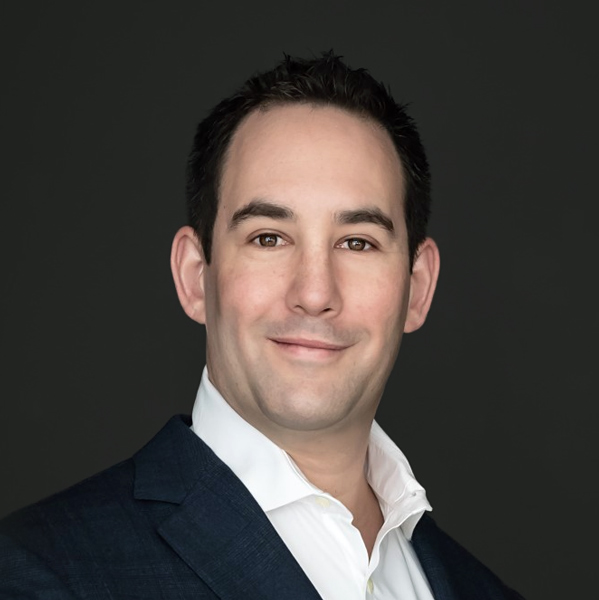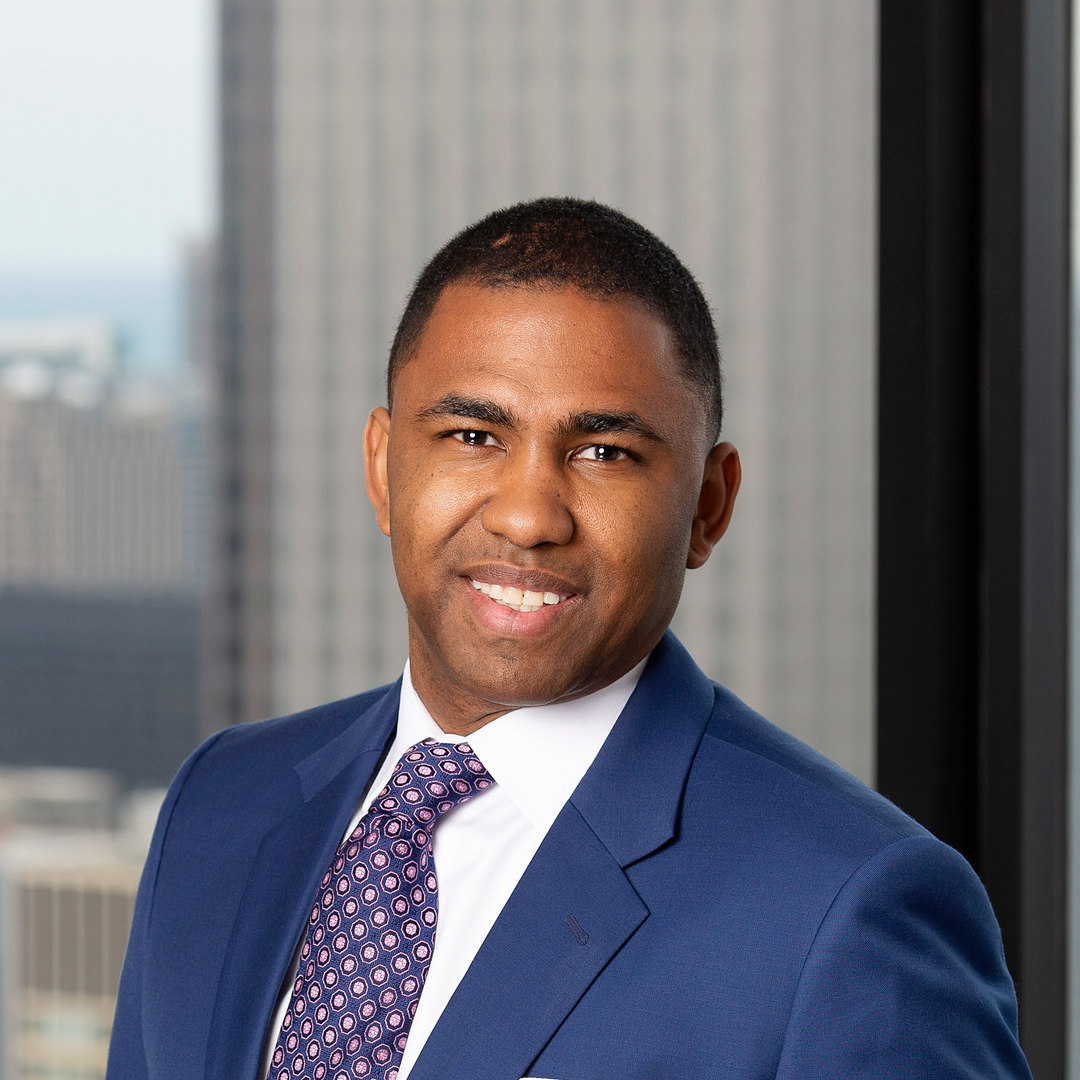|
Getting your Trinity Audio player ready...
|
After practicing as a corporate attorney for two decades, Ava Hahn had a strong sense of the environment she belonged in. She knew she preferred working for public companies. Over the years, she had also noticed a tendency to continually seek out larger companies.
“It wasn’t really a plan, but I seemed to be going to progressively bigger and bigger companies,” she says. “Some of it was just following people I had met, like a CFO I became friends with, to their next company. Or just being opportunistic when things came up, and wherever I was, letting the opportunity run its course.”
By 2019, though, Hahn was ready to be more intentional. After reflecting on her career so far, she decided she wanted to work at a growing Fortune 500 company with a large, impenetrable moat around it.
A Fortune 500 company on the up-and-up seemed like the “next logical milestone” to Hahn. “I’ve been part of companies that were growing revenue wise, and that’s such a different feeling from being at the top and trying not to go down or flatline,” she says. “It’s a wind-in-your-sails feeling.”
As for what drove her desire for stability, “I’d always been in enterprise IT, and I saw how risky it is. You can be a giant but then easily be felled by a start-up. You have whole industries that have been upset by an app. I decided that whatever I did next, I needed to make sure that it was in a market that can’t be easily disrupted.”
“You can be a giant but then easily be felled by a start-up. You have whole industries that have been upset by an app. I decided that whatever I did next, I needed to make sure that it was in a market that can’t be easily disrupted.”
Lam Research ticked all the boxes. A Fortune 500 company that had been around for forty years in “a very stable, old industry,” it was also growing and transforming into “an astoundingly successful, well-run company being taken over by a new generation, who wanted to evolve the culture and be number one at things like diversity and environmental responsibility.”
Finally, Lam Research had a secure moat around it. As a manufacturer of semiconductor processing equipment used in the fabrication of integrated circuits, it’s not going to be easily disrupted by an app. Or as Hahn puts it, “The chemical complexity, the physics, the engineering, the mechanics—all of it comes together so that it’s basically every single scientific discipline that we have put into one. It’s difficult, it’s labor-intensive, it’s capital-intensive, and you can’t disrupt it with just thirteen people coding in an apartment in Santa Monica.”
She became chief legal officer in January 2020 and prepared to tackle the usual corporate governance and policy work that comes with the position. Then a completely unexpected disrupter tested the moat around Lam Research: the COVID-19 pandemic.
“When you’re working in corporate America, usually the worst thing that can happen is people lose a lot of money or there’s reputational harm. But this was life-or-death, and there’s no playbook for that,” she says. “Everybody has business continuity plans in case there’s a fire or an earthquake or a cyberattack, but nobody had thought about what to do if there’s a highly contagious pandemic where people could die.”
Despite the uncertainty and disruption caused by the virus, Hahn marveled at how well her team rose to the occasion. They quickly assessed the situation and made decisions that prioritized the health and safety of the company’s eleven thousand employees while the business continued to grow.
“[COVID-19] wasn’t something the product group could innovate us out of. It wasn’t something the sales team could sell us out of. This was on the legal team to work with our environmental health and services team, go into crisis mode, and create a playbook from scratch.”
“The silver lining of crises at companies is that they give the legal department an opportunity to really shine,” she says. “This wasn’t something the product group could innovate us out of. It wasn’t something the sales team could sell us out of. This was on the legal team to work with our environmental health and services team, go into crisis mode, and create a playbook from scratch.”
Though she didn’t expect the legal team to be fortifying the moat around Lam Research, the company has held up and settled into a new groove. Hahn is even planning future projects. For instance, she’s leading an executive diversity and inclusion task force dedicated to increasing representation of Black and Latinx individuals in the United States and of women globally.
“We looked at the whole employee life cycle of how you recruit, retain, and develop employees,” Hahn says. “Right now, we are specifically looking at schools that produce a high percentage of, say, African American PhD students in engineering. It’s a long journey, since you build a pipeline with a more diverse incoming class and you don’t see them as executives for another twenty years, but you can start to see the movement, and that’s exciting.”
We at Jones Day are proud to have the opportunity to support Ava and the rest of the Lam Research legal team as they help guide Lam Research in these challenging times.


